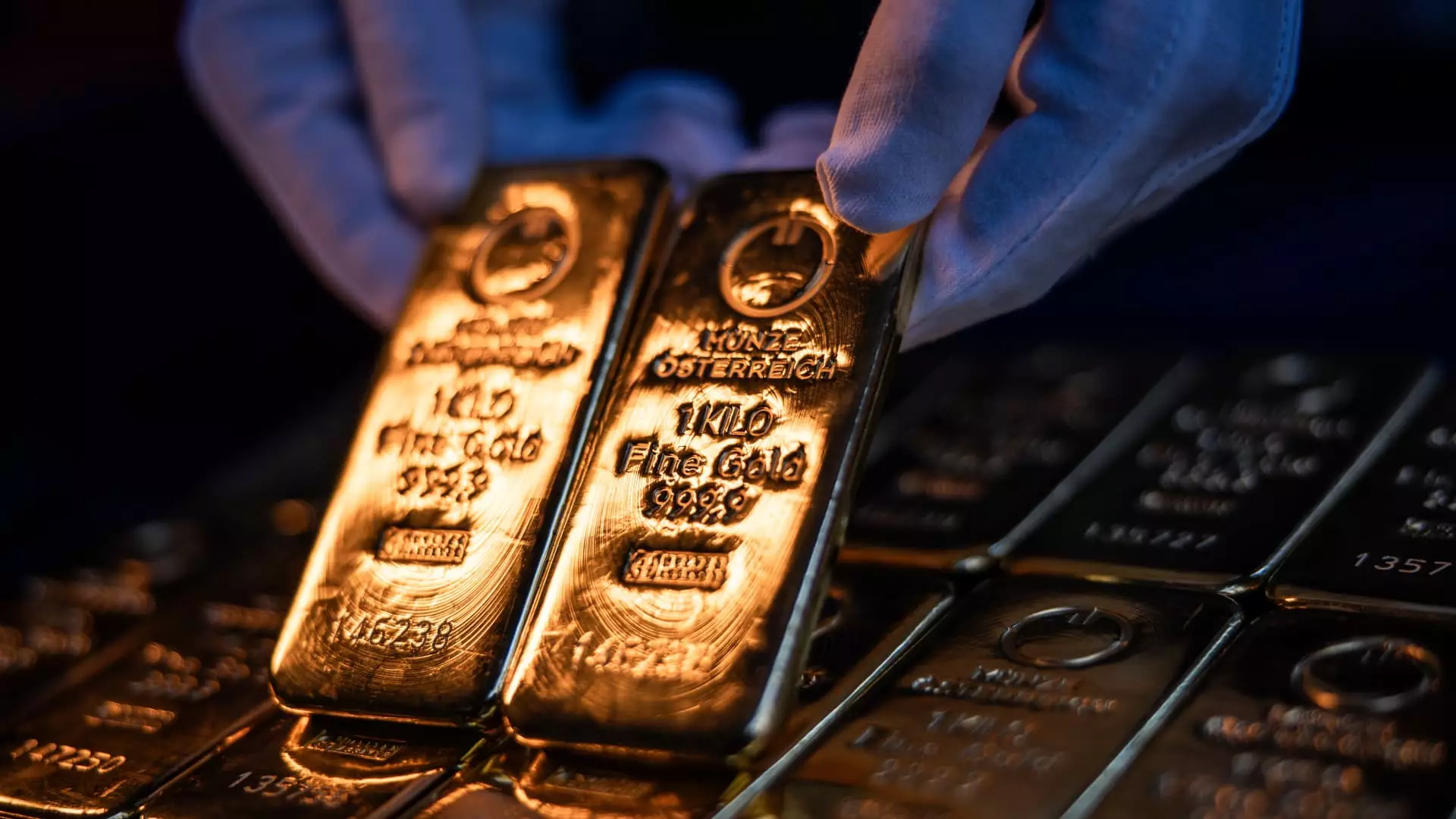In recent times, gold prices have attracted significant attention, reflecting a surge that has caught the eye of many investors. As of early 2025, the SPDR Gold Shares fund (GLD) has climbed nearly 11%, with a remarkable annual return of approximately 42%. On the other hand, despite the allure of these numbers, financial experts caution against sheer impulse investing. The fluctuations in gold prices, along with global economic variables, necessitate a careful, measured approach when considering any investment in precious metals.
Gold futures are also experiencing a substantial increase, showing a 10% rise year-to-date and 36% when compared to the previous year. In contrast, the performance of the S&P 500 U.S. stock index has been rather modest, rising only 1.5% in 2025 and achieving a 17% gain over the last year. Such disparities in performance can incite a rush toward gold, driven by the fear of missing out on potential profits.
Investor Psychology and the Wisdom of Warren Buffett
Financial planner Lee Baker reflects an increasingly popular sentiment among investors, referencing the timeless advice of Warren Buffett: “Be fearful when others are greedy, and be greedy when others are fearful.” It appears that the current market climate has led to a growing sense of greed among gold investors. Baker emphasizes the risk of investing impulsively, cautioning that typical portfolio allocations should ideally limit exposure to gold to about 3%.
Chasing trends, particularly in volatile assets like gold, could result in significant financial missteps, especially the classic pitfall of “buying high and selling low.” Immediate repercussions of such actions could undermine returns and lead to considerable losses. According to Baker, effective profit-taking in gold investments requires a thoughtful strategy regarding timing, raising the question of whether new investors are entering the market at the peak of a price rally.
Investors often regard gold as a sanctuary during periods of uncertainty, fueling demand for the metal in troubled times. This current trend seems justified, yet it’s essential to critically analyze the real performance of gold in historical crises. Sameer Samana from Wells Fargo points out that in times of severe stress, traditional safe-haven assets like bonds have outperformed gold.
Investors often look to gold as a hedge against inflation, yet data isn’t unequivocally supportive of this belief. The recent stagnation in inflation reduction progress has intensified fears, indirectly driving demand for gold. External factors, such as economic sanctions imposed on Russia, have escalated buying activities from central banks exploring safer assets to counteract potential geopolitical turmoil.
Despite the recent surge in gold prices, experts remain skeptical about its potential for sustained growth. Baker warns against the possibility that current gold price trends may not maintain their momentum, unless triggered by calamitous events like extended conflicts. He proposes that for exposure to gold, investors should consider options such as exchange-traded funds or shares of gold mining companies rather than investing in the physical metal itself. By doing so, investors can benefit from increased liquidity and reduced logistical complications associated with storing physical gold.
Samana shares a similar perspective, suggesting that a prudent allocation to gold in a well-diversified portfolio should fall between 1% to 2%. He emphasizes that gold should be regarded as part of a broader commodities strategy, which may encompass exposure to energy, agriculture, and various metals. Wells Fargo’s investment models suggest varying commodity allocations based on risk tolerance, from 2% for conservative investors to 7% for those aiming for aggressive growth.
The allure of gold as an investment is undeniable, particularly in a landscape fraught with economic uncertainties. However, the wisdom lies in adopting a balanced and cautious approach. While the shiny appeal of gold may dazzle at first glance, prudence dictates a well-thought-out strategy that considers both current market conditions and long-term investment goals. Careful scrutiny, combined with strategic asset allocation, can help to navigate the complexities of the market and enhance an investor’s portfolio resilience against volatility.

